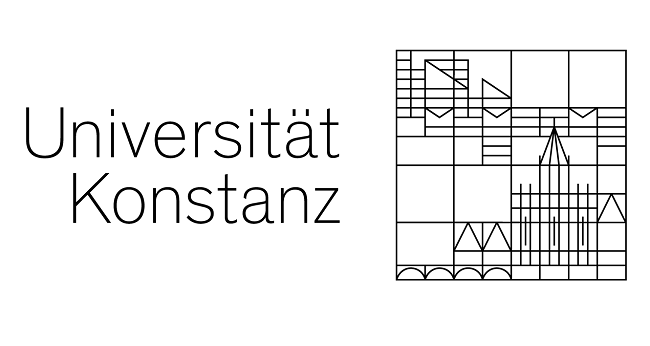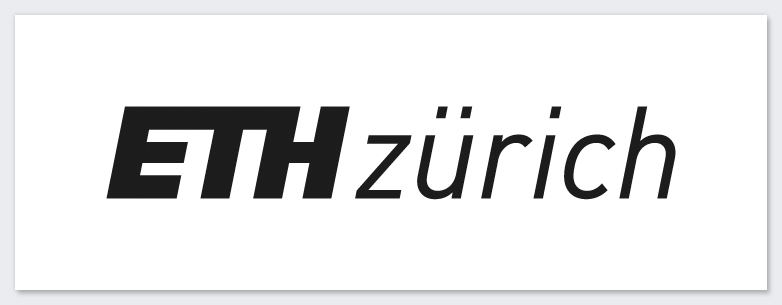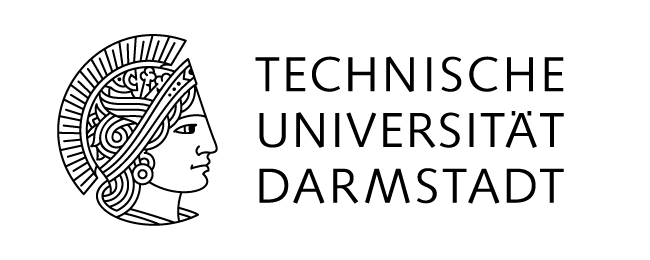conducted by: Thomas Weitin
funded by the DFG
The 19th century, in which our current system of scientific disciplinary cultures emerged, was an epoch of collecting and organizing bodies of knowledge, which often lay between these disciplines. Criminal cases were used by law to learn the individual presentation of proofs for criminal proceedings, and by literature to learn the realistic art of narration for a modern mass audience. As the first globally comparative and also most comprehensive collection of criminal cases in the German-speaking world, the Neue Pitaval (1842-1890) played a decisive role in the emergence of a general legal consciousness. In order to reconstruct the inaugural discourse of this collection, it has to be analyzed in all its diversity as a corpus of 540 case studies.
Our project follows an approach based on historical research questions, which adapts the different methods of digital corpus analysis to the respective epistemic goal. Semantic progress analyses examine which topics were in vogue and when, and how the stories were put into perspective in terms of legal policy under changing circumstances. Narratological analyses get to the bottom of the narrative patterns that are developed in this process. To distinguish between legal and literary modes of representation, digital methods are combined with varying degrees of context sensitivity. In stylometric analyses, which operate at the level of sentences and words, different levels of abstraction can be analyzed algorithmically. Narrative analyses, on the other hand, require collaborative annotations of larger sections of text, making questions of automatability themselves appear as hermeneutic problems, which in turn give insight into the research object.
Between law and literature, the legal case study is a popular medium of knowledge in the 19th century, in which the normative orientations and the understanding of law of bourgeois society become observable. The genre poetics of this text type is therefore of particular importance. Thus, we will be employing comparative analyses to contrast the Pitaval with other contemporary corpora that can be described as its direct competitors in the media system: The crime stories in the family journal “Die Gartenlaube” and the crime novellas of the “Deutscher Novellenschatz” potentially entertained the same audience. Focusing on global and local thematic conjunctures in relation to the categorization of determined signal strengths in the classification, we will also be able to examine aspects of aesthetic response by including the analysis of affect strengths of the texts in our analyses.



